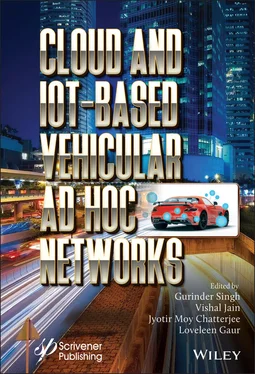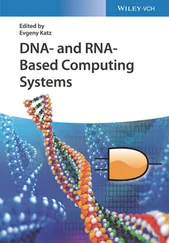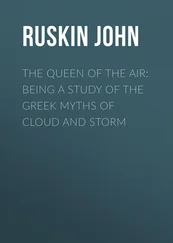2. V2V Communication Utilizes J2735 Standard
A framework intended to transmit essential security data between vehicles to urge alarms to drivers concerning approaching accidents. Vehicle-inhabitant crash shirking advancements can be profoundly useful. It uses onboard short-extend radio correspondence [18, 27] devices to communicate messages like vehicle speed, heading, brake status, and view capacities that surpass current and close term vehicle-occupant frameworks. The longer recognition capability of J2735 is used to warn the drivers much earlier than that of Sensors, Camera and Radar can.
3. Access Technologies for V2I Communications
The Vehicle to Infrastructure interaction is similar to V2V wireless [19–22] communication technologies. V2I communications apply to all vehicles on the road and transform into smart infrastructure. Algorithms [23–26] are used for data exchanging of data among vehicles and framework components. It performs counts that are perceived as high-hazard circumstances ahead of time, bringing about driver cautions and admonitions through explicit activities.
V2I system has following components:
Vehicle On-Board Unit or Equipment (OBU or OBE)
Roadside Unit or Equipment (RSU or RSE)
Safe Communication Channel
V2I system Wireless Technologies
1 DSRC Bluetooth
2 Wi-Fi
3 Mobile networks
4 Short-range radio
Applications
1 Safety
2 Efficiency
3 Payment and information, etc.
Due to road accidents, about 1.35 million people die per annum stated by the World Health Organization (WHO) and undergo non-fatal injuries of up to 50 million and more. These numbers are too high from the human loss perspective, and they’re also too high from a price perspective. The WHO says GDP (Gross Domestic Product) of a country is affected by 3% by road traffic crashes. Human driving errors including human driver error, speeding, driving while distracted or driving under the influence, failure to use safety equipment like seatbelts and helmets, unsafe vehicles, and unsafe road infrastructure results in unsafe transportation.
The transportation industry is undergoing a change, which modifies the characteristics of the vehicle additionally. The IoT is creating safer roadways in multiple, interrelated ways in advancing vehicles. It’s also opening the door to new risks that have got to be mitigated to stay people safe. Within the end, this transformation will benefit humanity by saving lives and also lessening humans’ impact on the earth.
The Internet of Things (IoT) alludes to the interconnection of internet-connected things; data transfer can be done without human involvement, which can help us in coordinating different segments of the framework lucidly. This technique has a few points of interest like superior, easy to use even an uncouth can utilize it. Connected technologies and therefore the IoT are improving vehicle safety, efficiency, and convenience, also because of the overall user experience. Jonathan Stone, head of programs, research, and advanced engineering at Continental North America, says these technologies can ultimately improve road safety by helping in deciding or by automating control functions.
Figure 3.4 shows the structure of IoT. An array of sensors is used in the bottom layer also called a data acquisition layer. Supporting technologies for a bottom layer are generally EPC, RFID, etc. Object recognition and data interpretation between objects are made by RFID. The data transport layer is created during data transmission which is otherwise called the second layer of the IoT structure. The information transport layer contains wired system and remote system, its supporting innovation chiefly incorporates GPS, GPRS, Internet, etc. [28, 36]. The top layer of the Internet of Things is information handling and trade layer, whose errand is to finish information processing, calculation, exchange of data, storage, and other operations.
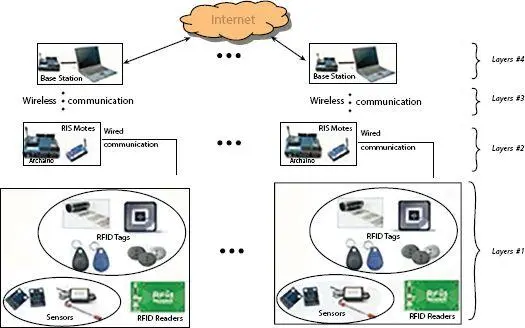
Figure 3.4Structure of three stage Internet of Things.
Benefits of IoT for Transportation
1 Enhanced Traveler Experience
2 Increased Safety
3 Reduced Energy use and Congestion.
4 Better Operational Performance.
IoT Deployment Difficulties
Security: As the quantity of sensors and system associated gadgets develops, execution forms required to ensure touchy information and systems. Associations ought to guarantee that all with their security arrangements.
Extended Network Infrastructure: Concentrate on superfluous IP addresses, ability to handle large data volumes, and have to manage difficult IT framework.
Onboarding: Required automated onboarding to managing large IoT systems since it uses more sensors and devices, and it is infeasible to deal with these endpoints physically.
IoV generally uses the ARM processor (Advanced RISC Machine) for controlling and monitoring all these parameters. Embedded Controller (ARM Processor) is a 32-bit architecture. It works on thumb architecture and these kinds of embedded systems referred to as Large Scale Embedded Systems. The speed of the ARM processor [29] is operated generally by Gigahertz, now the time cycle calculated as the inverse of the speed (1/T = f). IoVs support the I2C (Inter-Integrated Circuit) protocol on communications of data. On the Internet of Vehicles, all the physical parameters are measured using suitable sensors. These sensors are generally in analog and digital type; the analog quantities are amplified and converted into required digital formats.
The architecture of ITS for human safety shown in Figures 3.5 and 3.6 consists of three modules namely input modules, intermediate modules and output modules. The input module contains ‘N’ number of sensors like speed sensors, vibration sensors, position sensors, etc. Depending upon the condition of the vehicle all sensors will work together and performs operation automatically. The intermediate module has an advanced embedded controller named as ARM 9 processor which accepts the data from the different sensors and acts accordingly. The output module takes the input from the controller during emergency condition. It includes Electronic Control Unit (ECU), Airbag System, Antilock Braking System, Fire Extinguisher, GSM/GPS module which supports for passenger’s life-saving. When a vehicle met with a road accident, In-vehicle sensors detects potentially dangerous situation and the central system informs to other vehicles about emergency conditions.

Figure 3.5Block diagram of ITS for human safety.
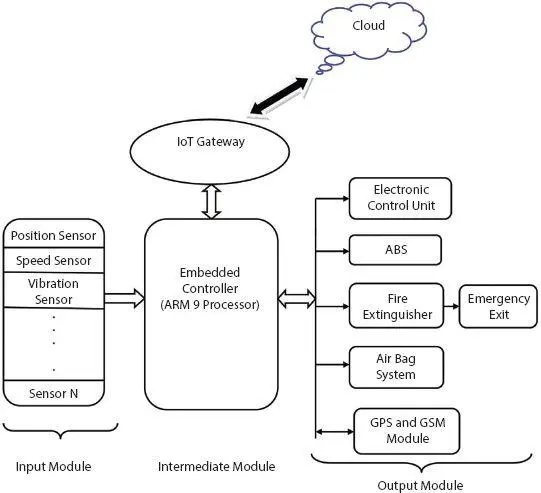
Figure 3.6Architecture of ITS for human safety.
It then immediately sends information to nearby emergency services. All the data about the disaster, produced by the vehicle frameworks and the sensors connected to the ARM processor monitors all the real-time data and transmits to cloud using IoVs. The most promising solution on the entire communication technologies is based on the support of the Internet of Vehicles. During abnormal condition vehicles can caution all other moving toward vehicles inside two or three hundred meters by sending a short-run ready message which can recursively permeate all through the gathering of vehicles going towards the direction of accident zone.
Читать дальше
